This study explored the efficacy of a cost-saving alternative to the traditional Plasma-Lyte A-based del Nido cardioplegia (PL DN) solution used during coronary artery bypass grafting (CABG) surgery. Conducted as a prospective, randomized, blinded trial, the research compared PL DN with a modified formulation based on lactated Ringer’s solution (LR DN). The primary aim was to determine if the lower-cost LR DN could provide comparable myocardial protection and clinical outcomes for patients undergoing CABG with cardiopulmonary bypass (CPB).
A total of 109 patients aged 18–75 years, with an ejection fraction above 35%, were enrolled in the study. Participants were randomly assigned to receive either PL DN or LR DN. Both groups were similar in baseline demographic and clinical characteristics, ensuring an unbiased comparison. Key outcomes measured included myocardial protection markers (e.g., cardiac troponin I [cTnI]), postoperative clinical parameters, inotrope usage, and duration of ICU stay.
The solutions used in both groups were prepared according to strict protocols, with the only variation being the base solution. PL DN was based on Plasma-Lyte A, a crystalloid solution rich in magnesium and other buffering agents, while LR DN relied on lactated Ringer’s solution, which contains calcium but lacks magnesium. Each solution was mixed with blood in a 1:4 ratio and administered at a temperature of 4°C to maintain myocardial arrest during surgery.
The findings revealed that both groups experienced similar clinical outcomes in terms of ICU stay duration, postoperative ejection fraction, blood gas levels, and the frequency of transfusions. However, notable differences emerged in the biochemical markers and inotrope requirements.
Patients in the LR DN group exhibited significantly higher levels of cTnI immediately after ICU admission and 24 hours postoperatively, indicating greater myocardial injury compared to the PL DN group. Additionally, the need for epinephrine administration was markedly higher in the LR DN group during surgery (29.8% vs. 11.5% in the PL DN group). These results suggest that PL DN offered superior myocardial protection during CABG.
The differences between the two solutions may be attributed to their distinct compositions. Plasma-Lyte A’s inclusion of magnesium and its buffering properties could play a role in stabilizing intracellular calcium levels and reducing oxidative stress during myocardial ischemia-reperfusion injury. In contrast, lactated Ringer’s solution contains calcium, which may contribute to increased intracellular calcium accumulation and exacerbate myocardial damage.
While the modified LR DN solution was cost-effective, its limitations in myocardial protection raise concerns. Given the critical importance of minimizing myocardial injury during CABG, the higher levels of cardiac enzymes and the increased use of epinephrine in the LR DN group highlight the potential risks of substituting Plasma-Lyte A with lactated Ringer’s solution.
The study also noted its limitations. The follow-up period was limited to 24 hours post-ICU admission, which may not capture long-term outcomes such as overall survival, quality of life, or readmission rates. Additionally, the sample size, while sufficient for detecting differences in the primary outcomes, may not be adequate to generalize findings to broader populations. Future studies with larger cohorts and extended follow-up periods are needed to validate these findings and explore the long-term safety and efficacy of LR DN.
In conclusion, the study underscores the importance of selecting cardioplegia solutions that optimize myocardial protection during CABG. Although the use of LR DN offers cost-saving benefits, its clinical drawbacks, including increased myocardial injury markers and higher inotrope requirements, suggest that Plasma-Lyte A-based del Nido cardioplegia remains the preferred choice. For settings where Plasma-Lyte A is unavailable or prohibitively expensive, careful consideration of the risks associated with lactated Ringer’s-based solutions is essential.
The researchers recommend continued use of PL DN in CABG procedures and call for further investigations to better understand the mechanisms underlying the differences observed between the two formulations. By examining alternative formulations and strategies, future studies can aim to achieve an optimal balance between cost-effectiveness and clinical efficacy in cardiac surgery.







